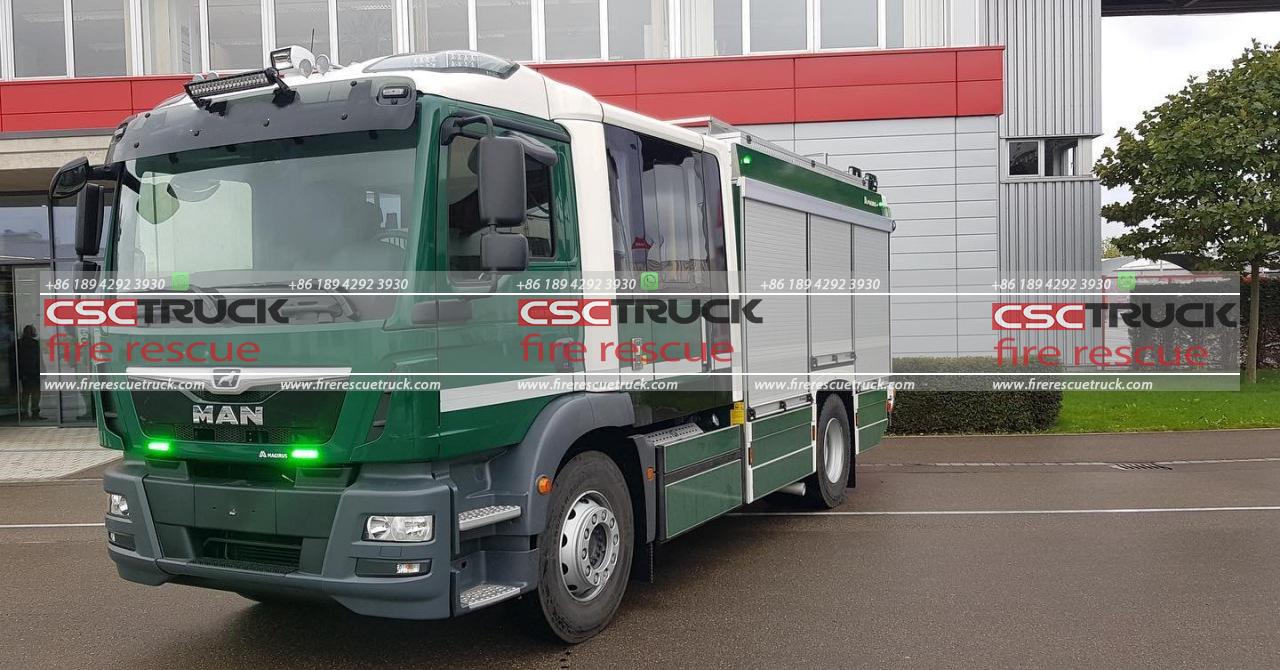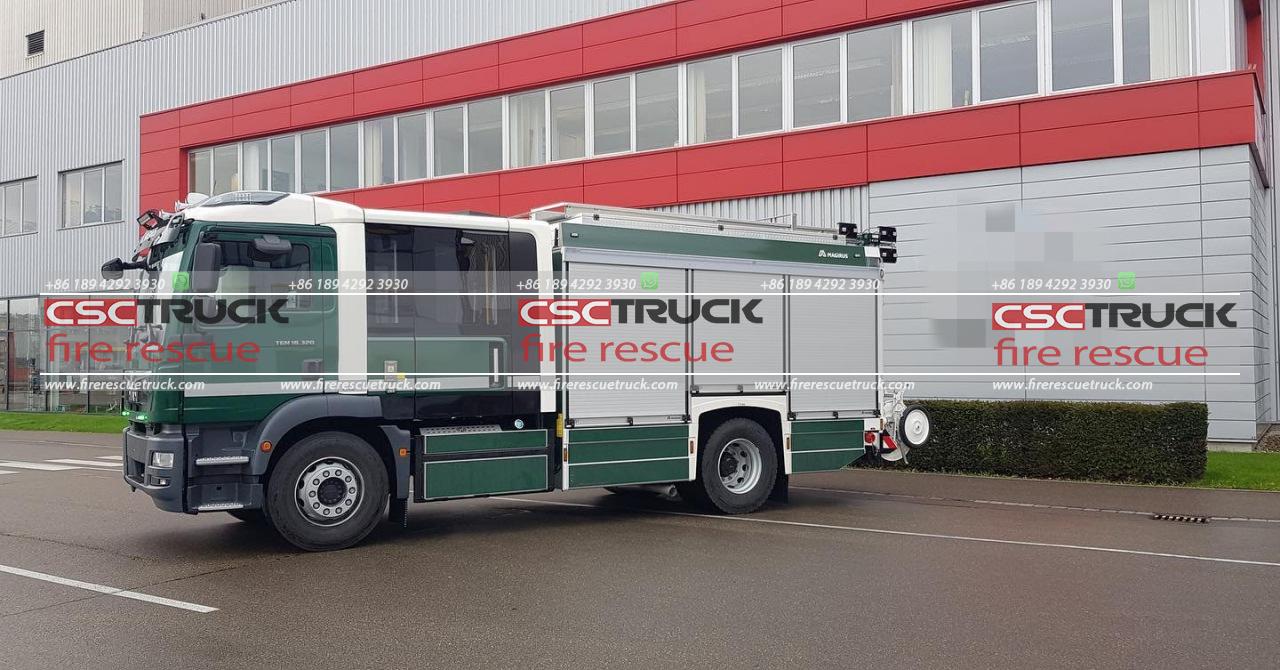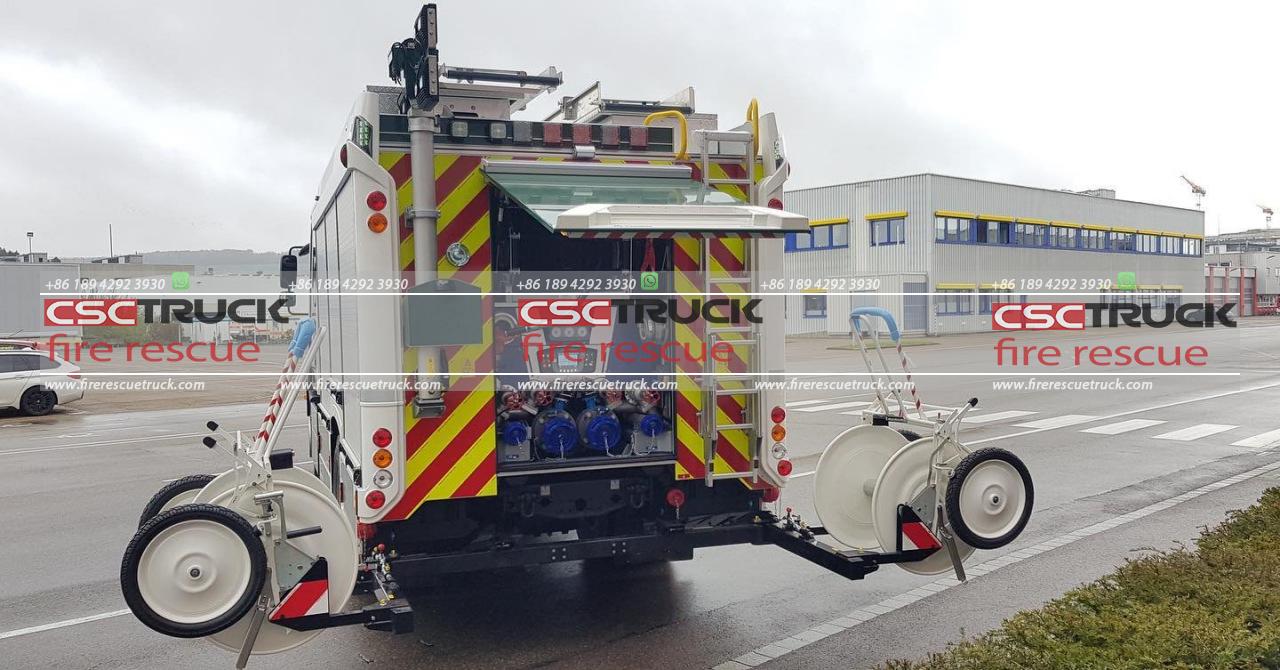What is Firetruck in Korean?
Language is a fascinating window into culture, and every word carries with it a world of meaning and history. In this article, we’ll explore how the word “firetruck” translates into Korean, diving into its linguistic components, cultural significance, and the role of firetrucks in South Korea’s firefighting system.
Firetruck in Korean: 소방차 (Sobangcha)
The word for firetruck in Korean is 소방차 (pronounced: so-bang-cha). Let’s break down this word to better understand its meaning:
– 소방 (sobang) – This part means “firefighting” or “fire prevention.” The first syllable 소 (so) refers to “extinguish,” and 방 (bang) refers to “prevention” or “defense.” Together, they form the compound word 소방, which directly translates to “firefighting.”
– 차 (cha) – This part simply means “vehicle” or “car.” The word **차** can be found in many vehicle-related terms in Korean, such as 택시 (taeksi, “taxi”) and 경찰차 (gyeongchalcha, “police car”).
Thus, 소방차 (sobangcha) translates to “firefighting vehicle,” and it is the standard term used in South Korea to refer to firetrucks. But the word itself is only the beginning of the story.

The Role of Firetrucks in Korea
Firetrucks, or 소방차, play a critical role in the safety and well-being of South Korean citizens. Firefighting in Korea has evolved over centuries, with modern firetrucks serving as the backbone of emergency response teams. The importance of these vehicles in protecting both urban and rural areas from fire hazards cannot be overstated.
In South Korea, fire departments, known as 소방서 (sobangseo), are well-equipped with a variety of 소방차 to handle different types of emergencies. These firetrucks are not only used to fight fires but also to respond to natural disasters, car accidents, chemical spills, and other emergencies.
Korean firetrucks come in various types, much like their counterparts in other countries. Some of the most common types include:
1. 소방펌프차 (sobang pumpeucha): These are pumper trucks, designed primarily for transporting water and hoses to the fire site. These trucks are equipped with powerful pumps that allow firefighters to spray water at high pressures, helping to control or extinguish flames.
2. 소방구조차 (sobang gujochacha): Rescue trucks are used for technical rescue operations. They carry tools like the “jaws of life,” which are used in car accidents or building collapses. These vehicles play a vital role in saving lives by providing quick access to people trapped in dangerous situations.
3. 사다리차 (sadaricha): Ladder trucks are equipped with long, extendable ladders that allow firefighters to reach high-rise buildings. In cities like Seoul, where skyscrapers and high-rise apartment buildings dominate the landscape, ladder trucks are essential for reaching fires and rescuing people from upper floors.
4. 화학차 (hwahakcha): Chemical firetrucks are specially designed to handle fires caused by hazardous materials, including chemicals, flammable gases, and other dangerous substances. These trucks carry foam or chemical agents that are more effective than water in certain fire scenarios.
Each of these 소방차 types has a specialized purpose, and their coordination is crucial during emergencies. South Korean fire departments are known for their efficiency, quick response times, and use of advanced technology, making them a model for fire services worldwide.
Firetrucks in Korea: A Brief History
The history of firefighting in Korea stretches back centuries, though the concept of a “firetruck” is relatively modern. Before the introduction of modern firefighting techniques and equipment, communities relied on more rudimentary means of combating fires, such as buckets of water, manual pumps, and even firebreaks (clearings that stop the spread of flames).
The formalization of firefighting services in Korea began in the early 20th century, during the Japanese occupation (1910-1945) when firefighting technology was first introduced on a large scale. This period saw the development of Korea’s first modern fire departments, and the use of early motorized firetrucks soon followed.
Following Korea’s liberation and the Korean War, the South Korean government made concerted efforts to modernize its firefighting services. The country saw rapid industrialization and urbanization, leading to a greater need for professional firefighting services and equipment. Firetrucks became essential tools in this effort, with the government investing heavily in emergency response infrastructure.
Today, South Korea boasts one of the most advanced firefighting systems in the world. Firetrucks, or 소방차, are a common sight in cities and towns, serving as a symbol of safety and protection.

Firetrucks in Korean Culture
Beyond their functional role, firetrucks hold a special place in Korean culture. They are seen as symbols of heroism and bravery, as the 소방관 (sobanggwan), or firefighters, who operate them are highly respected members of society.
Firefighters in Korea often serve as figures of admiration for their selflessness and courage. They face many dangers, especially in urban environments where the density of buildings increases the complexity of firefighting operations. The media frequently portrays 소방관 as national heroes, and their presence in South Korean films and television dramas underscores their cultural significance.
For instance, the popular South Korean drama Live (2018) featured firefighters as central characters, highlighting the personal and professional challenges they face. Through such depictions, firetrucks and firefighters are celebrated not just for their practical roles, but also for their embodiment of resilience and duty.
Fire Safety and Public Awareness
South Korea places a strong emphasis on public safety and fire prevention. The government regularly runs campaigns to educate citizens on how to prevent fires and respond to emergencies. Fire drills, public announcements, and fire safety education in schools are common.
Firetrucks, as visible symbols of the firefighting service, often play a role in these educational campaigns. It is not uncommon for 소방차 to be displayed at public events, where firefighters demonstrate how they operate the equipment and respond to fires. This helps to familiarize the public with firetrucks and reinforces the importance of fire safety measures.

Conclusion
In Korean, the word for firetruck is 소방차 (sobangcha), which means firefighting vehicle. This simple term encapsulates a vital part of Korea’s emergency response infrastructure. Firetrucks, in their various forms, are central to the firefighting efforts that protect South Korea’s population from a wide range of dangers. Beyond their practical use, 소방차 also hold cultural significance, symbolizing the bravery and heroism of the 소방관 who operate them.
As South Korea continues to develop, its firefighting services will undoubtedly evolve, but the iconic 소방차 will always remain a key part of the nation’s safety net. Whether racing through city streets to extinguish fires or standing as symbols of courage in popular media, firetrucks in Korea are much more than just vehicles – they are a testament to the country’s commitment to protecting its people.







